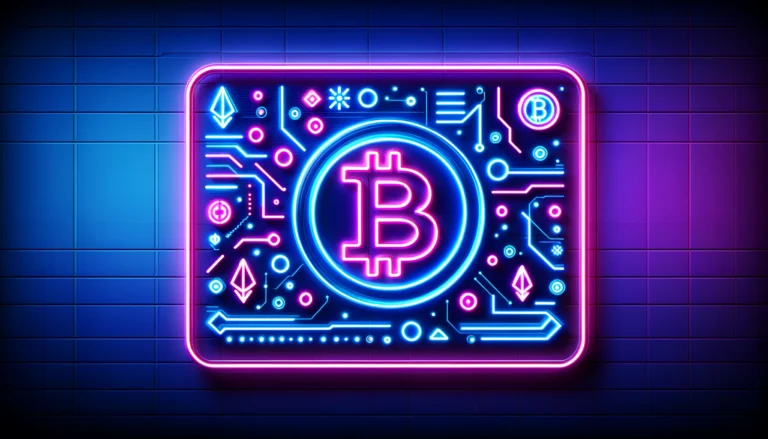Exploring Music NFTs: Revolutionizing the Industry
The music industry is undergoing a transformative shift with the advent of Non-Fungal Tokens (NFTs), leveraging blockchain technology to redefine content ownership, distribution, and monetization. Music NFTs are not just a trend but are setting the groundwork for a revolution that promises more control and direct engagement between artists and fans. This article delves into the essence of music NFTs, explores their benefits and challenges, and provides insights into their potential future impact on the music landscape.
Understanding the Basics of Music NFTs
Music NFTs are digital assets that represent ownership of a unique music-related item, which could range from audio tracks to exclusive merchandise. Unlike traditional music formats, where copies are indistinguishable and widely replicated, each NFT is unique or part of a limited series and is verified using blockchain technology. This digital certification adds a layer of authenticity and rarity, enhancing its value. Essentially, NFTs transform music pieces into collectible, tradable assets with transparent transaction histories.
The Intersection of Blockchain and Music
Blockchain technology underpins the entire framework of NFTs, providing a decentralized, immutable ledger that records all ownership and transaction data. In the music industry, this means that when a track is bought as an NFT, the transaction is permanently recorded, and ownership is indisputable. This system eliminates many traditional intermediaries like record labels and streaming platforms, allowing artists to market their work directly to fans. Furthermore, the transparency of blockchain ensures fair compensation, as all transactions are public and tamper-proof.
Key Benefits of Music NFTs for Artists
Music NFTs empower artists by providing them with unprecedented control over their work and its distribution. First, they can set initial prices and retain more revenue by bypassing traditional music industry gatekeepers. Second, smart contracts embedded in NFTs can automatically execute royalty payments every time the NFT changes hands, ensuring artists continue to earn from their work perpetually. Lastly, NFTs open up new creative avenues, allowing artists to bundle music with exclusive content or experiences, adding value beyond the audio file itself.
Challenges Facing Music NFT Adoption
Despite their potential, several hurdles hinder the widespread adoption of music NFTs. The first challenge is the digital divide; not all potential buyers are familiar or comfortable with cryptocurrencies and blockchain technology, which are fundamental to purchasing NFTs. Secondly, environmental concerns regarding the high energy consumption of blockchain networks, particularly those used for NFT transactions, pose ethical dilemmas for both artists and consumers. Lastly, the current lack of regulation and potential market volatility can make investing in NFTs risky.
Real-World Examples of Music NFT Success
Several artists have successfully leveraged the power of music NFTs to connect with their audience and enhance their earnings. For instance, Grimes sold a collection of digital art and music clips as NFTs, generating millions in revenue. Similarly, Kings of Leon released their album as an NFT, providing buyers with perks like limited edition vinyl and concert tickets. These cases demonstrate the robust potential of NFTs in providing artists with a new revenue stream and fans with unique value.
Future Trends in Music NFTs and the Industry
The future of music NFTs is likely to be characterized by greater integration with existing digital platforms and broader acceptance among artists and consumers. We might see streaming services incorporate NFTs, allowing artists to offer special content directly through platforms already familiar to users. Additionally, as blockchain technology evolves to address environmental concerns, the adoption barrier will lower, making NFTs more accessible and appealing. The growing trend of virtual reality concerts might also intersect with NFTs, offering immersive experiences tied to unique digital collectibles.
How to Start Creating and Selling Music NFTs
For artists interested in entering the NFT space, the process begins with selecting a blockchain platform that supports NFTs, such as Ethereum. Next, they need to create a digital wallet to store NFTs and transact in cryptocurrencies. After these technical requirements are met, artists can mint their music tracks or associated digital merchandise as NFTs on various marketplaces specifically for music NFTs. It is crucial to engage with the community and market the unique aspects of their NFTs to captivate potential buyers’ interest and ensure successful sales.
Music NFTs are not merely a fleeting craze but a disruptive force poised to reshape the music industry. By fostering direct artist-fan connections, ensuring artists receive fair compensation, and introducing novel ways to consume music, NFTs hold promise for a more equitable and innovative market. As the technology matures and overcomes current obstacles, it could very well become a mainstay in how we experience and value music in the digital age.

